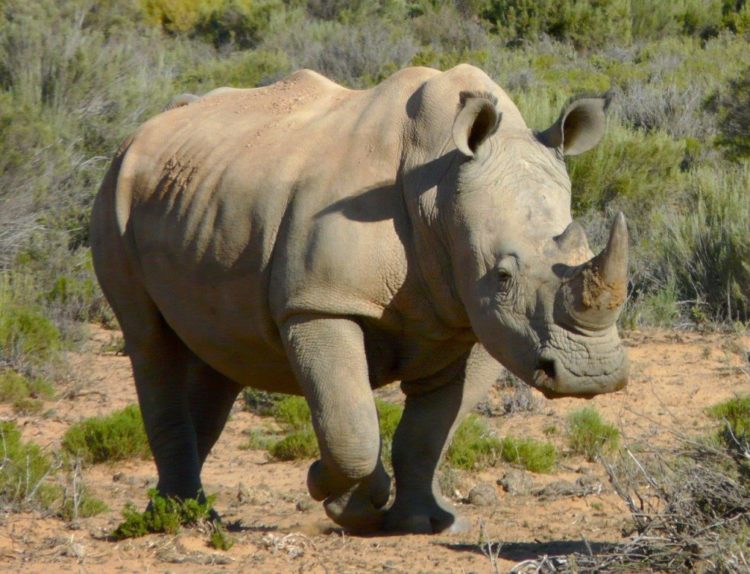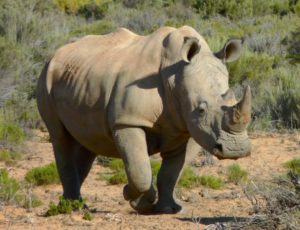
Scientists plan to map “a safety net” to Planet Earth
Scientists urge world leaders to ramp up targets to protect global biodiversity.
With the global population set to balloon to 10 billion people by 2050, scientists are calling for mankind to set aside sufficient amounts of ecosystems on land and at sea to ensure the survival of the many other species.
To preserve global biodiversity and safeguard the provision of critical ecosystem services, ambitions must be ratcheted up in 2020, when the world’s governments will meet at the Convention on Biological Diversity in Beijing, China to set biodiversity targets for the future.
Given the evidence to date and the implications of an underestimate, we encourage governments to set minimum targets of 30 per cent of the oceans and land protected by 2030, with a focus on areas of high biodiversity and/or productivity, and to aim to secure 50 per cent by 2050. This will be extremely challenging, but it is possible, and anything less will likely result in a major extinction crisis and jeopardise the health and wellbeing of future generations.
The governments of the world came together in 2010 at the Nagoya Conference of the Convention on Biological Diversity and adopted 20 Biodiversity Targets, what are commonly referred to as the Aichi Targets. The 11th Target sets the goal of conserving at least 17 per cent of terrestrial areas and inland waters, as well as 10 per cent of coastal and marine waters, by 2020.
The fact that there is such a wide range to scientists’ recommendations — from 25 to 75 per cent — demonstrates just how much uncertainty there is around how much of Earth we should protect. It’s difficult to determine exactly how much space we’d need to set aside in order to preserve current levels of global biodiversity thanks to our limited knowledge of the species and ecosystems we share this planet with , especially in the context of unprecedented threats such as climate change.

What do you think?